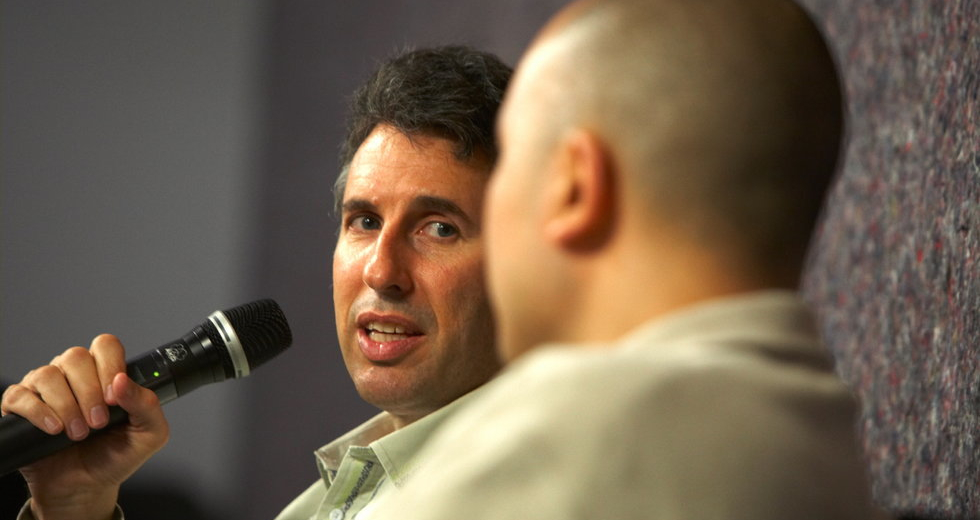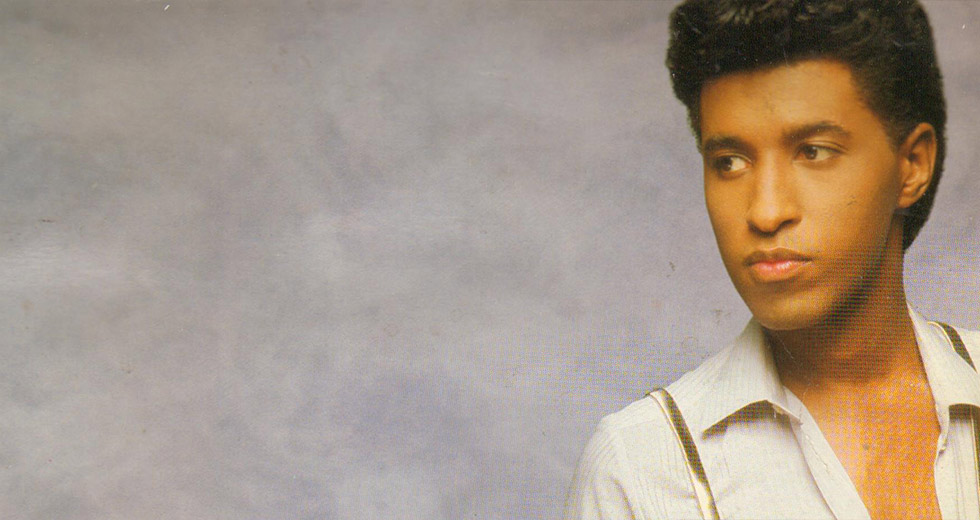Key Tracks: Morton Subotnick on “Silver Apples of the Moon”
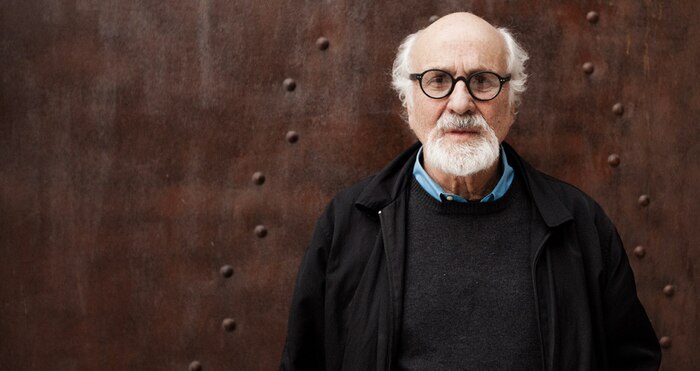
Morton Subotnick made his name as a fearless experimenter on America’s West Coast in the early ’60s. As a founding member of The San Francisco Tape Music Center, he was among the most forward-thinking artists of his time. In this edited and condensed excerpt from his Red Bull Music Academy lecture in Madrid, Subotnick talks about his revolutionary break from the music that had come before – and how he almost lost the chance to make the album where most would hear it for the first time, Silver Apples of the Moon.
In San Francisco in the early ’60s I put together a big multimedia piece that was about 45 minutes long and when it was over, the audience went crazy. The critics said a new artform had been born. At that point, I decided I must have the aptitude to do this. So I’m gonna start, I’m gonna dedicate myself to whatever this new thing is going to be.
I was thinking 100 years into the future: What would be a musical instrument at that point? I came up with something I called an Electronic Music Easel, something you’d have in your home where you could make any sound you wanted. You could paint sound.
One thing I need to get across: I didn’t want to go to a new technology and make music that could’ve been made with a black and white keyboard on a piano. It wasn’t just sound. It was an entire new music that would come about. The idea was that it would be cheap enough that a new art would evolve from people who didn’t study at a conservatory but just liked to do things in their spare time. I wanted to be part of that new music, but the only way I could was to get the object, one similar to what they’d be using in 100 years.
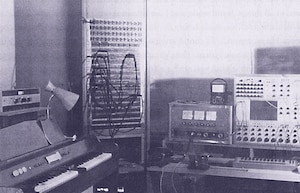
I had an idea of how it would work, what it would do, but not how it would be made, so I put an ad in the paper to invite an engineer to help me make it. Three guys came by. This was 1961/62, and the LSD movement, the psychedelic movement started in 1964/65, so this was two or three years before that. I had no idea that one-third of San Francisco was on drugs, none of us did. The first engineer came. I thought he had an eye problem, his eyes were looking in two directions at the same time. He was incoherent, he couldn’t talk. So he left. The second one came and he was pretty much in the same condition, so I began to figure out what was going on. Then the third, Buchla came, Donald Buchla, and he was someone you could talk to. And, not only that, he had already had a similar idea, so he was completely prepared to move forward on the idea.
When they did Switched On Bach people thought that was electronic music. No, it’s Bach, played on an electronic instrument.
Eventually we came up with what would be called the Buchla 100 series Modular Electronic Music System. There were other people experimenting at this time. The Columbia-Princeton Electronic Music Center had a big RCA synthesizer that came in the late ’50s. But what they made there was the same old music, except it sounded worse ’cause it was just [makes bleeps], no nuance or anything. The idea prevalent at the time was now that we’ve got the technology we’ll be able to make music better than it was before. You’ll be able to play low notes faster and you can write anything. That was sort of what Stockhausen was referring to. I thought that was really dumb. I was a fine musician, I could already do that. The whole notion seems odd – still does today – to think we’ve got all this technology, so now we can play music we can already play.
When they did Switched On Bach people thought that was electronic music. No, it’s Bach, played on an electronic instrument. It’s not electronic music, it’s not a new artform. Let’s do something the technology demands. I was a trained musician, so I thought the way to go about this was to start without anything that resembles the tradition. So, you get rid of the black and white keyboard immediately.
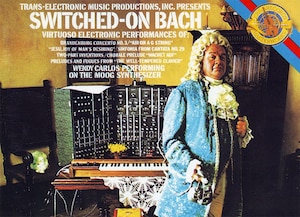
By the time I was 30 years old I was really well known in San Francisco. The San Francisco Tape Center I had founded had become a major avant-garde entity. But I began to feel, like [I did with] the clarinet when I was a kid and I’d play “The Flight Of The Bumblebee” all staccato, 11 years old and people would go, “This is incredible, put him on the radio.” San Francisco became like my mother. My mother would go, “Oh, you’re so smart.” “Of course I’m smart. You’re my mother.”
So I was offered an opportunity to go to New York and be an artist-in-residence at NYU. That was gonna give me enough money to live on, I could give up the clarinet. I didn’t go to New York for any other reason, except I thought to myself, “This is the chance for me to really find out. This is the big time stuff.” If I feel I’m really doing something in New York that makes sense then I’ll stay with it. If not, then I’m gonna go to Lawrence, Kansas – a little town in the middle of the United States and be a schoolteacher.
I had a studio on Bleecker Street, and down the street, there was a venue called The Village Gate where all the rock bands were playing. I’d work all night and, at 2 AM when the bands stopped, members of Grateful Dead or Mothers Of Invention would pop into my studio. People from Andy Warhol’s group too. I had a couple of sofas, so they’d sit around talking and watching me. Word had got around that there was this mad scientist making crazy sounds with wires.
The door there didn’t have a lock, so we had a big sign: “Beware: You’re being watched!” There was a camera that had nothing inside of it. That was the only thing we had to keep people from coming and stealing everything in any of the studios there. One night, around 2, 3 AM, in walks a guy dressed in a suit and he says, “I’m the president of Nonesuch Records. We met today, and we have $500 set aside if you’ll make a record for us.” I kicked him out. I’d never heard of Nonesuch Records, it sounded an unlikely name for a record company.
A year after it came out I was on the top of the charts and a public figure.
I get home and it turns out that I had Nonesuch records, and I didn’t think of it ‘cause they cost 80 cents. I’d get my kids off to school and before they got up I’d listen to a particular Brandenburg Concerto on Nonesuch Records. I thought, “Oh my God, this is a real record company.” So I tried calling all day long. The next morning, middle of the night, the guy comes in again and this time I’m going to go on my knees and say, “I’ll do it for nothing.” He said, “Don’t come near me.” He thought I was gonna hit him or something, I guess. “Just listen to me, just stay there and listen to me,” he said. “We met again today and we’ve upped the ante, we will offer you $1,000.” “I’ll take it.” And that became Silver Apples of the Moon. A year after it came out and suddenly I was on the top of the charts and a public figure. I thought, “Damn, I’ll never get to Lawrence, Kansas.” [laughs]
